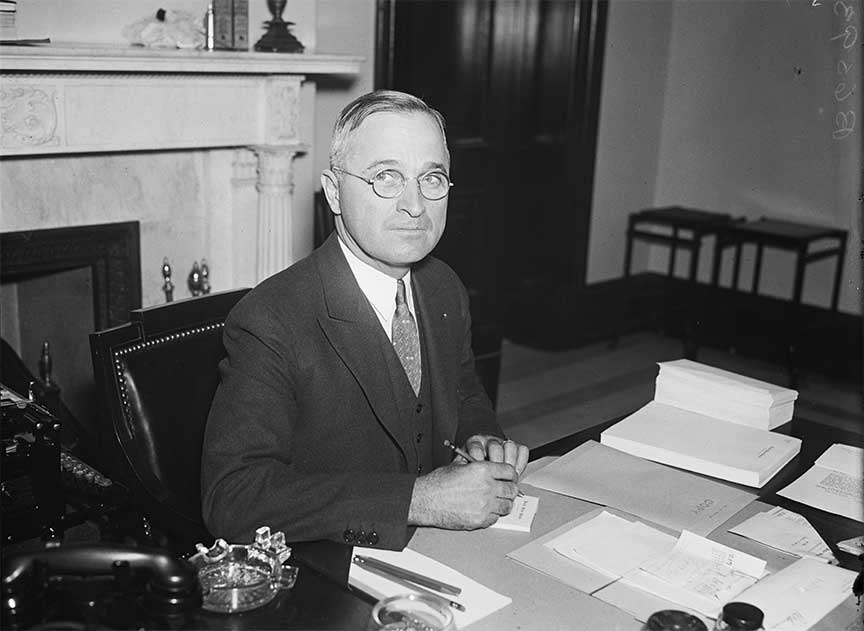1946 Truman Appoint Committee

|
On December 5, 1946, President Harry S. Truman took a decisive step in addressing racial injustice in the United States by appointing a national committee to make recommendations on the issue. This action marked a significant moment in the history of civil rights, reflecting Truman’s commitment to addressing the deep-seated racial inequalities that had plagued the nation for centuries.
The committee, officially known as the President’s Committee on Civil Rights, was tasked with investigating the status of civil rights in the country and proposing measures to strengthen and protect the civil rights of all Americans. This move came at a time when the United States was grappling with the legacy of segregation and discrimination, particularly in the aftermath of World War II. African American veterans, who had fought for freedom abroad, returned home to find that they were still denied basic rights and subjected to widespread discrimination.
Truman’s decision to form the committee was influenced by several factors. First, there was growing pressure from civil rights organizations, such as the NAACP, which had been advocating for federal action against racial discrimination. Additionally, the increasing incidents of racial violence, such as lynchings and riots, highlighted the urgent need for government intervention. Truman himself was moved by the injustices he witnessed and believed that the United States could not claim to be a leader of the free world while tolerating such blatant inequalities at home.
The President’s Committee on Civil Rights was composed of a diverse group of individuals, including lawyers, educators, and activists, who brought a range of perspectives to the table. The committee was chaired by Charles E. Wilson, the president of General Electric, and included prominent figures such as Sadie Alexander, the first African American woman to earn a Ph.D. in economics, and Franklin D. Roosevelt Jr., the son of the former president.
The committee conducted extensive research and held hearings across the country to gather information on the state of civil rights. They listened to testimonies from individuals who had experienced discrimination firsthand, as well as from experts and advocates who provided insights into the systemic nature of racial injustice. The committee’s findings were compiled into a comprehensive report titled “To Secure These Rights,” which was published in October 1947.
The report was a scathing indictment of the racial inequalities that existed in the United States. It detailed the various forms of discrimination faced by African Americans and other minority groups, including in housing, education, employment, and voting rights. The report also highlighted the prevalence of police brutality and the failure of the justice system to protect the rights of Black Americans.
“To Secure These Rights” made several bold recommendations aimed at addressing these injustices. It called for the abolition of segregation in all public facilities, the establishment of a permanent Civil Rights Commission, and the enforcement of anti-lynching laws. The report also advocated for the desegregation of the armed forces and the protection of voting rights through federal oversight.
President Truman responded to the committee’s recommendations with a series of actions that laid the groundwork for future civil rights advancements. In 1948, he issued Executive Order 9981, which mandated the desegregation of the armed forces, ensuring that Black soldiers would no longer serve in segregated units. This was a significant step forward, as the military had been one of the most visible symbols of racial segregation in the country.
Truman also used the committee’s report to push for broader civil rights legislation. Although his efforts to pass comprehensive civil rights laws were met with resistance in Congress, the groundwork laid by the President’s Committee on Civil Rights helped to galvanize the civil rights movement and set the stage for the landmark legislation of the 1960s, including the Civil Rights Act of 1964 and the Voting Rights Act of 1965.
 >
>